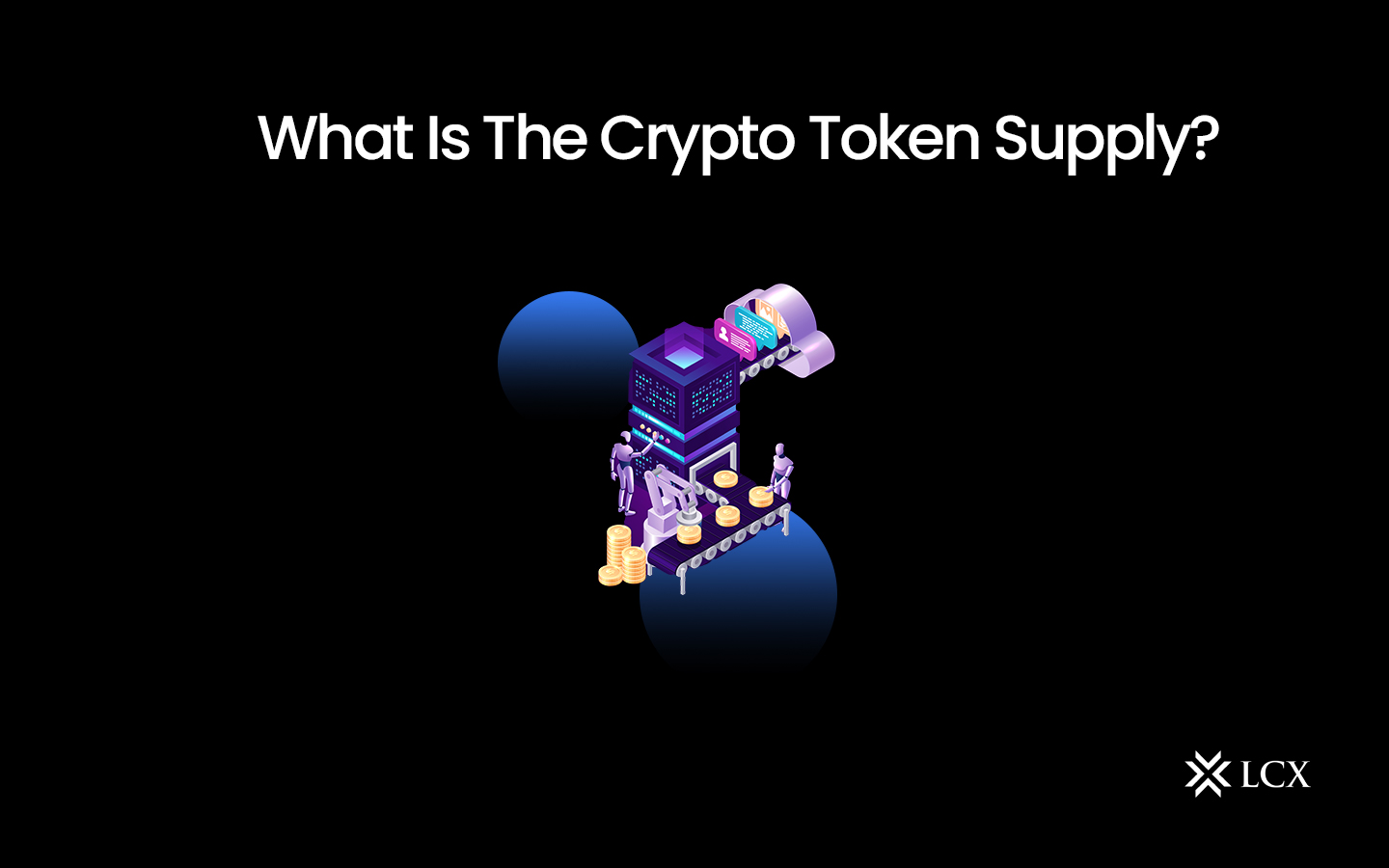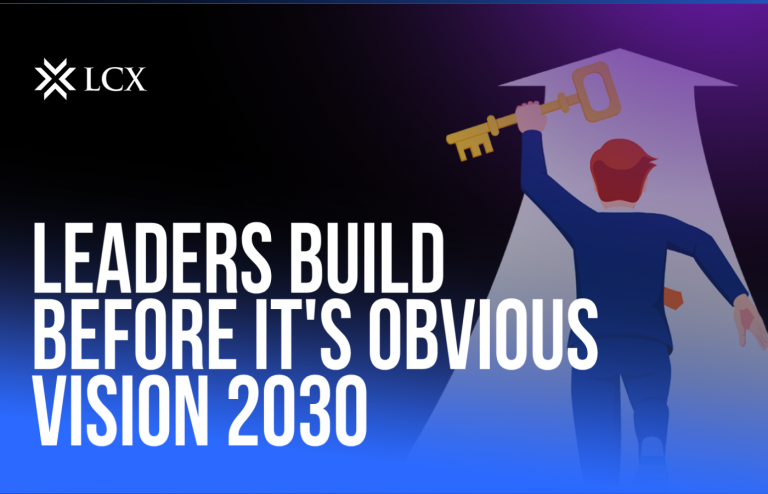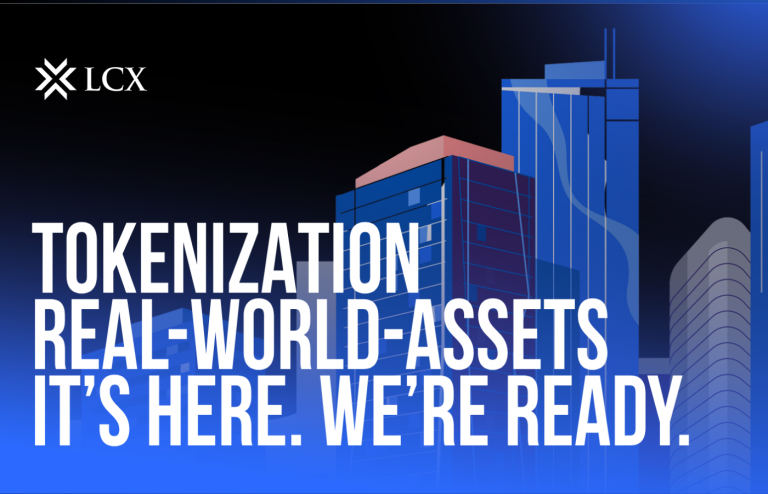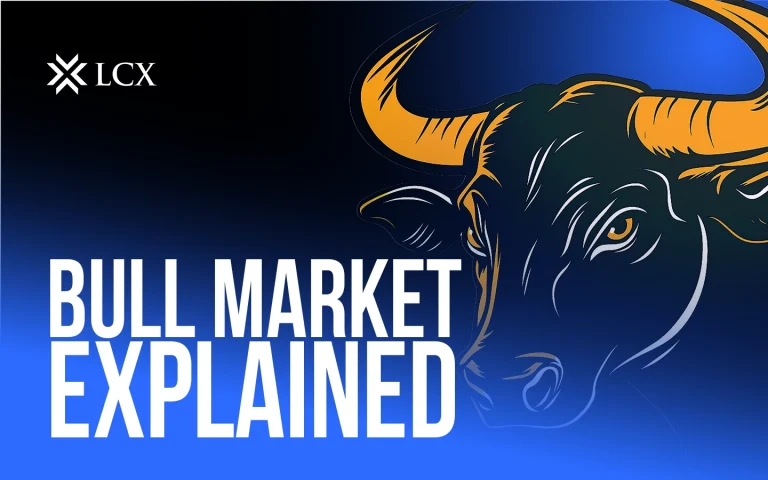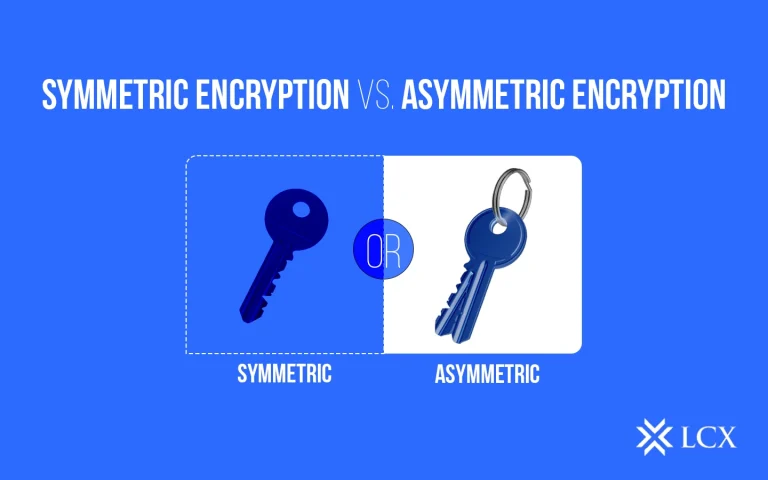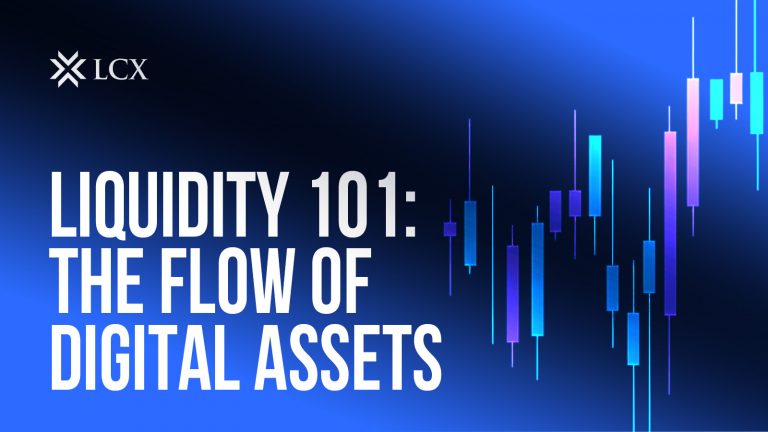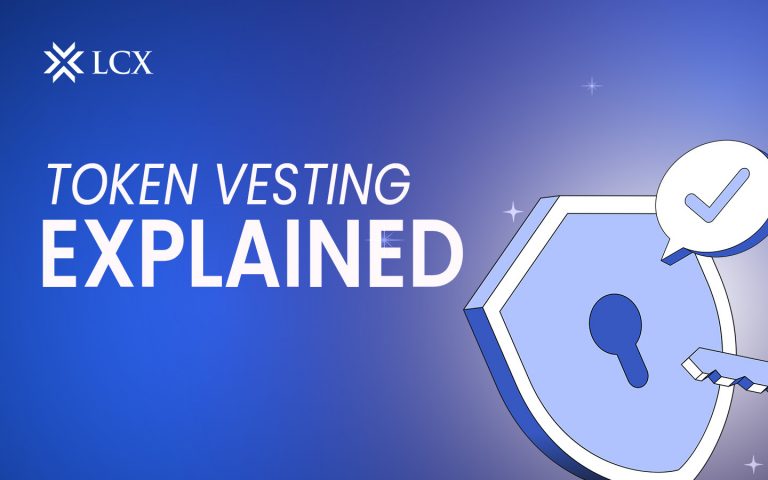In the world of cryptocurrencies, token supply plays a crucial role in determining the value, usability, and overall economics of a blockchain project.
But what exactly does “token supply” mean?
Simply put, it refers to the total number of tokens or coins that exist within a blockchain ecosystem. This includes tokens currently available on the market, as well as those that are locked or reserved for future use.
Key Takeaways
- Circulating supply defines how many tokens are available for trading.
- Higher token supply requires greater demand to increase prices.
- Bitcoin has a hard-capped supply of 21 million coins.
- Crypto supply metrics like circulating, total, and maximum supply impact market cap and pricing.
- Burning tokens reduces circulating supply and influences scarcity.
What Is Circulating Supply in Crypto?
Circulating supply in cryptocurrency refers to the total number of tokens currently available for trading in the market. This key metric determines a crypto asset’s market capitalization and its role in the broader economy.
Market capitalization, often used to assess a crypto asset’s value, is calculated by multiplying the current price of a token by the total number of coins in circulation. This includes tokens that may have been lost or stolen but still exist within the blockchain. Understanding circulating supply helps investors gauge a cryptocurrency’s liquidity, potential growth, and long-term viability in the digital asset space.
For example, Bitcoin, mined early by Satoshi Nakamoto but left unmoved, remains part of its total supply, illustrating how inactive tokens still count towards the circulating supply.
What is a total supply and maximum supply in crypto?
The total supply of a token is determined by adding the circulating supply to the number of coins that have been mined but have not yet been distributed.
Some tokens, such as those reserved for staking rewards, are minted but locked within the project’s protocol and released only when certain conditions are met. Similarly, new crypto projects often issue more tokens than they initially distribute to control supply and demand and prevent price drops due to oversupply.
At launch, developers may also pre-mine tokens for development funds, which remain outside the circulating supply until released. Additionally, burned tokens sent to inaccessible burn addresses are excluded from the total supply.
The maximum supply or Hard Cap is the absolute limit on how many tokens can ever exist, according to the rules set by the project’s protocol.
While some protocols allow for total supply adjustments via smart contracts, others like Bitcoin have a fixed cap or a maximum supply of 21 million coins, changeable only through full network consensus.
What is realised market capitalization?
Denominated realized market cap is a sub-metric of market capitalization that calculates a coin’s value based on its last traded price, as opposed to its current value. Coins that have been lost or are inactive in a blockchain are not included in the realized market capitalization, diminishing their impact on the price.
Mining, Minting, and Burning: How Crypto Circulating Supply Changes
- Mining: The process of validating transactions and adding them to the blockchain, generating new coins as a reward (e.g., Bitcoin).
- Minting: The creation of new tokens, usually by developers or smart contracts, to increase the token supply (common in centralized or semi-centralized systems).
- Burning: The permanent removal of tokens from circulation by sending them to an unrecoverable wallet, reducing the total supply.
Some cryptocurrencies, such as Bitcoin, have a limited supply, and their circulation can only be increased by mining. On the other hand, developers of some more centralized tokens can increase their supply of tokens in circulation through immediate minting, similar to central banks. The circulation supply can also be reduced through a procedure known as burning, which entails destroying coins by sending them to an inaccessible wallet. The circulation supply metric should therefore be deemed approximative.
What is the impact of a high token supply on its price?
In cryptocurrency markets, token prices are driven by supply and demand dynamics, much like stocks. When the supply of a token is high, greater demand is required for its price to rise. If a token is scarce and demand is strong, prices typically increase. Conversely, an oversupply with weak demand may lead to price declines.
How Supply Affects Token Price?
A token’s price is influenced by factors such as circulating supply, total supply, and maximum (or capped) supply. When a cryptocurrency reaches its maximum supply, no additional tokens can be minted, creating scarcity. If demand surpasses this limited supply, prices may trend upward. For proof-of-work tokens, like Bitcoin, miners then rely primarily on transaction fees for income.
Bitcoin as an Example
Bitcoin has a capped supply of 21 million coins, expected to be fully mined by 2140. The 21 million hard cap has contributed to its narrative as “digital gold,” attracting investors seeking assets with built-in scarcity. Its inflationary nature, due to block rewards from mining, is offset by a deflationary mechanism called “halving”, which occurs every four years and reduces mining rewards by half. This balance between inflation and deflation helps Bitcoin maintain value over time.
The Role of Supply in Token Valuation
Supply is a key factor in token valuation. A capped supply (e.g., Bitcoin) creates scarcity, which can drive price appreciation as demand grows. In contrast, tokens with unlimited or poorly managed supply may face inflationary pressures, eroding value. Additionally, “whales” (large holders) can impact markets by offloading significant quantities, causing price volatility. Smart investors always assess tokenomics to gauge a project’s long-term viability.
Cryptos with Low Supply
Bitcoin is the classic example of a limited-supply asset, never exceeding 21 million coins. Other cryptocurrencies, like Ethereum (ETH), do not have a hard cap but have implemented mechanisms to limit issuance. Since Ethereum’s Merge, daily issuance has been restricted to approximately 1,600 ETH.
Stablecoins and Supply Stability
Stablecoins are designed to maintain a fixed value and typically control supply through collateral reserves or algorithmic mechanisms. However, even algorithmic and non-algorithmic stablecoins face risks. For example, algorithmic stablecoins may de-peg due to market instability, while collateral-backed stablecoins, like Tether (USDT), have experienced de-pegging events, as seen in June 2022.
Total Supply vs. Maximum and Circulating Supply
Circulating supply and maximum supply are equally essential in their own right, and understanding their impact relative to the total supply can aid in determining their effect on the price of a cryptocurrency.
How a price may change in the future is a crucial evaluation for an investor, who may plan a different strategy based on the performance of each metric relative to the total supply. Total and circulating supply can fluctuate over time, so it is essential to stay current on the latest project developments.
The table below summarises the difference between Circulating Supply, Total Supply and Maximum Supply:
| Feature | Circulating Supply | Total Supply | Maximum Supply |
| Definition | The number of crypto tokens currently available and actively trading in the market. | The total amount of tokens that currently exist, minus any that have been burned. | The absolute cap or maximum number of tokens that will ever exist for a cryptocurrency. |
| Market Relevance | Directly impacts price and market capitalization. | Shows how many tokens exist in total, including locked or reserved tokens. | Indicates scarcity and long-term supply limitations, important for valuation models. |
| Changes Over Time | Can increase as tokens are unlocked, mined, or released; can decrease through burning. | Can increase as more tokens are minted, then decrease with token burns. | Fixed and cannot change unless the project alters tokenomics. |
| Used For | Day-to-day price analysis, trading, and liquidity insights. | Evaluating token inflation/deflation trends and project tokenomics. | Assessing scarcity and potential long-term value. |
| Example | The amount of Bitcoin or Ethereum currently circulating in the market. | Total tokens minted for a project like Cardano, minus burned tokens. | Bitcoin’s maximum supply is fixed at 21 million BTC. |
Conclusion
In conclusion, understanding the concept of crypto token supply is paramount for anyone involved in the cryptocurrency space, whether as an investor, developer, or enthusiast. The token supply of a cryptocurrency plays a pivotal role in determining its value, market dynamics, and overall ecosystem health. Moreover, token supply considerations are crucial for evaluating investment opportunities, assessing the potential for price appreciation or depreciation, and understanding the governance mechanisms within a blockchain network.
Crypto Token Supply FAQs
Why is Circulating Supply important in crypto?
Circulating supply shows how many coins or tokens are currently available to trade in the market. It helps investors gauge scarcity, demand, and potential price movement. A lower supply often hints at higher value if demand rises, just like supply and demand in any market.
How are cryptocurrency prices calculated?
Crypto prices are determined by market dynamics mainly supply and demand on exchanges. Price fluctuates as buyers and sellers agree on trades. Major aggregators like CoinGecko and CoinMarketCap track prices across multiple exchanges to give real-time averages.
What is Tokenomics in Crypto Supply Management?
Tokenomics refers to the economic framework of a crypto token, covering its supply, distribution, utility, incentives, and mechanisms like mining, minting, burning, and staking. It defines how a token creates and maintains value within its ecosystem.
What happens when Circulating Supply is high or low?
A high circulating supply can put downward pressure on price, especially if demand lags. A low circulating supply can make the asset more scarce, which may lead to price spikes if buying activity increases. Traders closely watch supply levels to spot price trends.
What happens when token supply runs out?
When the maximum supply is fully mined or issued, no new tokens will enter the market. This can create scarcity, driving demand and potentially increasing price; think Bitcoin’s 21 million cap. However, market dynamics and adoption still play key roles.
What happens when token supply is burned?
Token burning permanently removes coins from circulation, reducing total supply. This deflationary mechanism can make remaining tokens more valuable, depending on demand. Projects often burn tokens to reward holders and stabilize price.
Does token supply affect price?
Yes, supply is a major price driver. A lower supply accompanied with high demand results in potential price increase. On the flip side, excess supply accompanied with low demand results in price pressure. However, other factors like utility, project fundamentals, and market sentiment also impact price.
What is locked liquidity in crypto?
Locked liquidity means funds (usually tokens and paired crypto like ETH or USDT) are secured in a smart contract and cannot be withdrawn for a set time. It builds trust, showing that a project can’t suddenly pull liquidity and “rug pull” investors.
What is the difference between a “Coin” and a “Token” on the site?
A Coin operates on its own blockchain (e.g., Bitcoin on Bitcoin Network). A Token is built on an existing blockchain (e.g., ERC-20 tokens on Ethereum). Both have value, but coins are native assets, while tokens rely on other chains to function.
